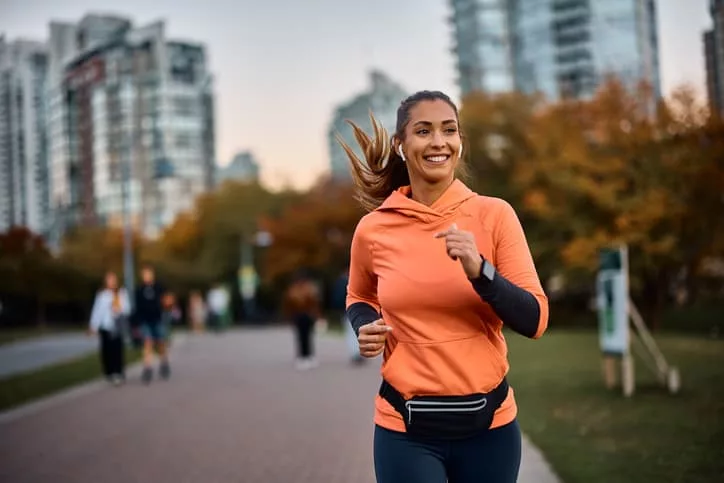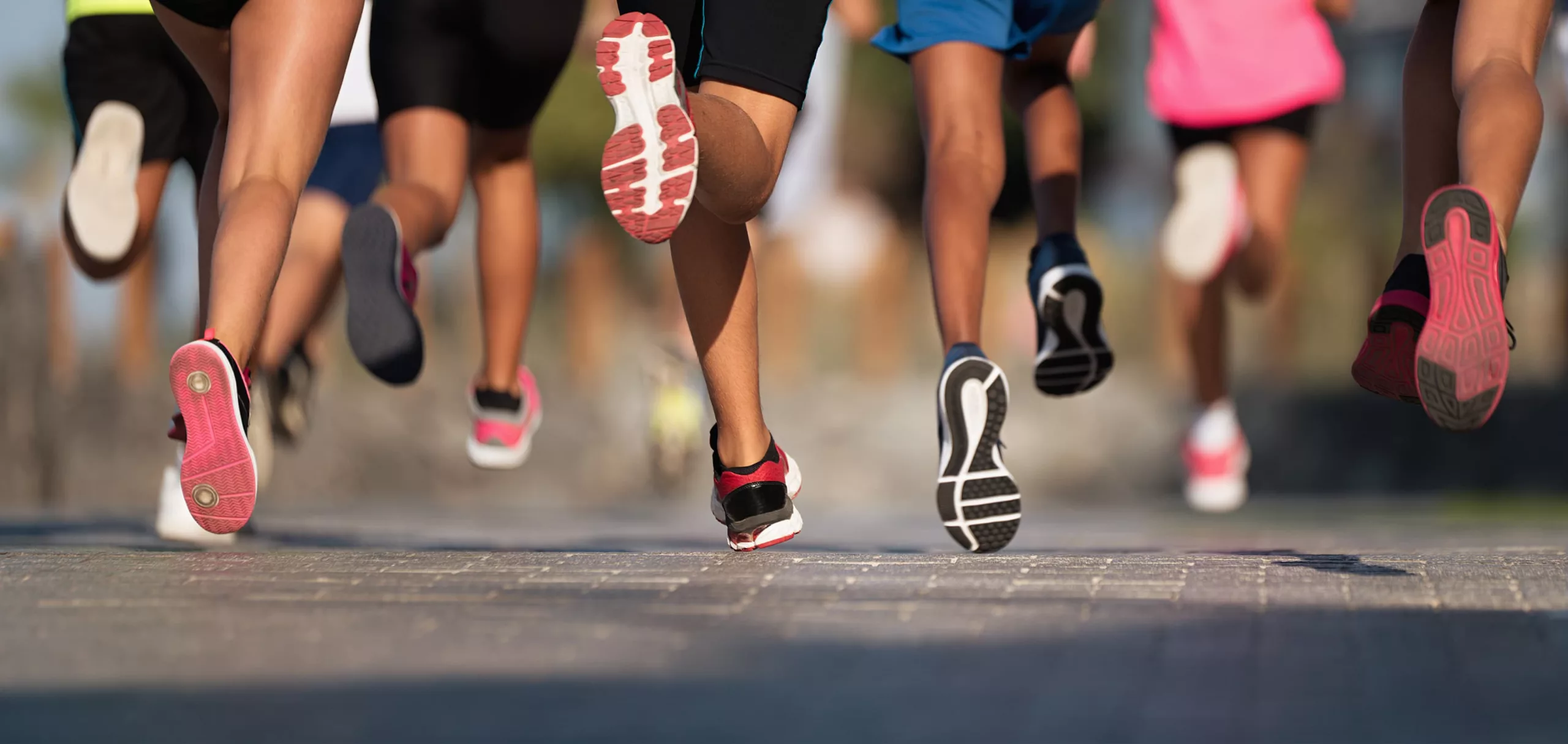
How To Find The Right Running Shoes
Whether you’re an Olympic athlete or a periodic pavement pounder, the right pair of running shoes can make a lot of difference to your exercise regime. This is because the right pair of runners can effectively help you run stronger as well as prevent injuries.
However, running shoes may feel comfortable when you are standing in a store but the true test comes several miles into the run. The ideal pair of shoes has more to do than simply running and the shape of your foot. A bad choice of footwear can cause health conditions like foot pain, back pain and so forth. At the same time, buying the right pair can leave you bewildered and confused. Hence, read through this guide on how to choose running shoes that suit you the best:
Running Shoes vs. Training Shoes
So many workouts, so many different types of shoes! Whether it is a gym workout or strength building, you need to have the right pair of shoes for that. Understanding the right pair of shoe will not only help you perform better but also prevent injury.
Although running shoes and training shoes are considered as one and the same, they do have certain distinctions like sole flexibility and heel drop. However, people involved in sports and other physical activities choose to ignore the correct selection of footwear. The result? They injure their leg muscle. By choosing the correct type of shoes for the appropriate activity, you will simply perform better. Hence, take a closer look at what’s the difference between running and training shoes:
What are running shoes?
An obvious question – running shoes are used for running. But – how do running shoes help you run?
Running shoes helps protect your feet when they are constantly pounding the pavement over and over again. While training shoes help with the side-to-side movement, running shoes help your feet with the forward movement. It also provides more cushioning and flexibility to your foot during running events in comparison to regular training shoes. These types of shoes have thicker heels and flexible in the toe region as they are arched to give an upward curve to the shoe tip. With this type of design, the energy is appropriately channeled from your legs to the toes.
Running can be harmful to those who have a severe knee or ankle condition, hence visit a PT before you undertake rigorous running sessions.
What are training shoes?
Unlike running shoes, training shoes are not meant for all types of usage. Training shoes have a comfortable upper and lower midsole for multi-directional movement. They are also known as cross-training shoes and these are considered as the most versatile pair of shoes for athletics. You can use training shoes for the following activities:
Strength training- Training shoes give extra space in the forefoot which makes it easier to perform strength training exercises.
Weightlifting- Training shoes offer superior heel support so that you can go lower into squats and then stand up.
High-intensity workouts and boot camps- Cushioning for high-impact and run training.
If you have a difficulty while performing these exercises, you can simply try activity specific training for a pain-free workout.

Determine The Type Of Running
This stage will significantly influence what kind of shoe will be best for you. For instance, if you are going to run on a flat track, you won’t need extra traction on your shoe. Road running will require less traction and lighter in weight. Hence, see to it that you only buy running shoes as they are lighter in weight or you might end up training shoes that are considerably heavier.
Consult A Physiotherapist
At times, you may have an injury that influences your gait or physical impairment that may harm your overall physical health. In both these cases, check with your doctor as to what kind of shoes would offer you the best support and the desired running experience. He will make sure that selection of the pair of runners will simply restore and heal the suspected part of your body.
Pick From The Right Shoe Category
Picking the right type of shoes is an essential step. If you do not have the right pair, you might either end up falling or damaging your leg muscles. Therefore, select the perfect type of pair from the following category:
- Stability shoes – It is suitable for runners from mild to moderate overpronation.
- Barefoot shoes – This type of shoe provides the minimum protection from potential hazards on the ground.
- Motion control shoes – Recommended only for those who have moderate to severe overpronation.
- Minimalist shoes – Extremely overweight with no arch support so that your running lasts up to 300-400 miles.
If you find it difficult to even run a short distance, visit a PT for essential strength training program for your leg muscles.
Go To A Specialized Store
There are many different styles and designs of running shoes available. Each one is crafted with variations of foot size, material, gait, etc. A specialized store has special equipment to help you select the right pair of shoes based on factors like foot size and gait.
Now that you know how to choose running shoes, make sure that your foot health is in place too. If you think you have a severe knee or ankle condition, consult a PT to ensure safe and healthy running.







